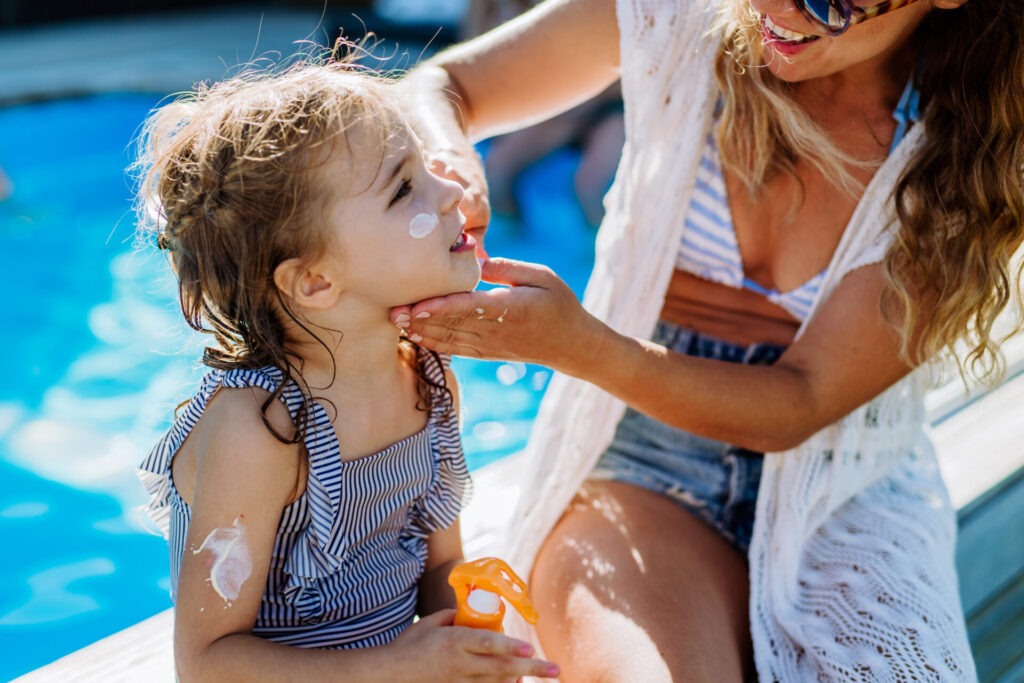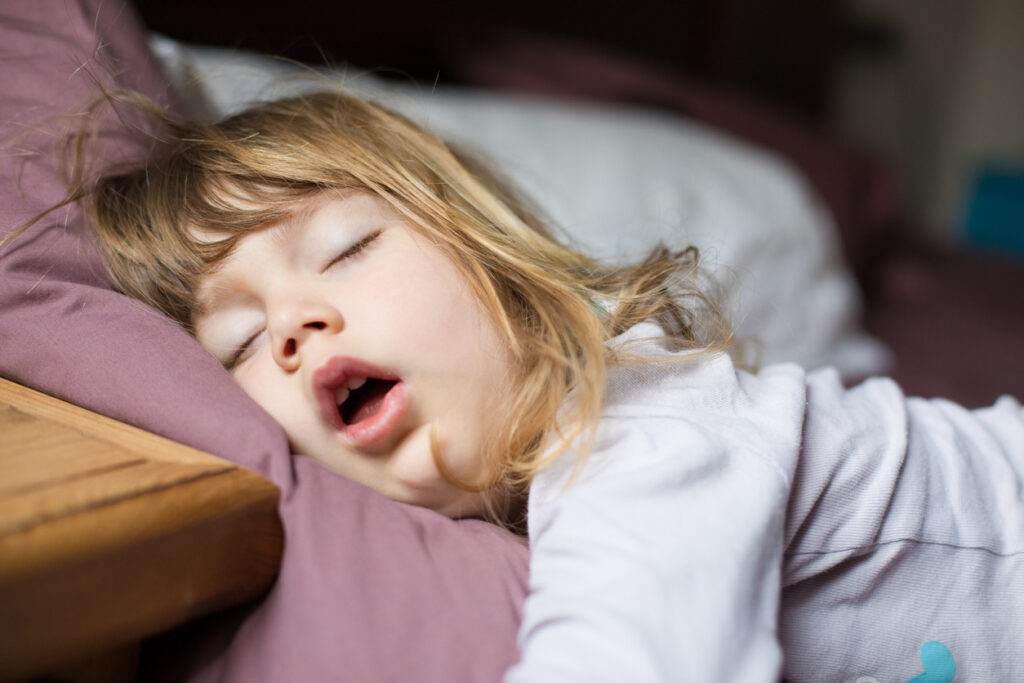Every parent remembers that first injury – the tears, the blood, and then their own sweat. Being unsure about what to do and getting a little ‘freaked’ out is common. Here are some helpful tips on how to handle common injuries at home that will keep your child comfortable and safe, and the sweat off your brow!
Splinters
- Keep child calm using distraction.
- Attempt to remove splinter if visible using tweezers or (sterilized) needle.
- Apply topical antibiotic ointment.
- Don’t panic. Most splinters will work their way out; our bodies have a natural tendency to extrude foreign bodies.
Burns
- Remove from source of heat.
- Apply cold water or cold pack to burn area for 10–15 minutes.
- Don’t burst blisters.
- Apply topical antibiotic ointment.
- Give pain medication.
- See a doctor if the burn area is large, pain persists, fever develops or spreading redness/swelling occurs.
Foreign Body in the Nose
- Examine the nostrils for the foreign body using a good light source.
- Attempt to remove with tweezers.
- See a doctor to avoid pushing the object further up into the nasal cavity if you can’t see the object clearly. Often, more than one object may be present and a specialist may have to get a better look. If necessary, sedation can be used to help remove the object.
Sprain or Broken Bone
- Have child rest by sitting or lying down.
- Immobilize and elevate the area.
- Apply a cold pack for 10–15 minutes (on and off) over the day.
- Give pain medication.
- See a doctor if there is significant swelling, deformity (body part not in normal alignment), limitation of function (not using arm or unable to bear weight on ankle), persistent pain (especially in one specific spot), numbness or loss of feeling.
Bump on the Head
- Have child rest by sitting or lying down.
- Apply a cold pack to bump for 10 –15 minutes (on and off) until swelling diminishes.
- Give pain medication.
- Go to the ER if any of these red flags pops up: vomiting, change in behaviour (fussy, irritable mood,difficult to console, trouble concentrating), change in level of alertness (tired, dizzy, decreased awareness of people and places around them), persistent headache, weakness or difficulty walking or talking
- Call 911 if a major fall or bump with possible head injury occurs. Do not move your child.
Cuts and Scrapes
- Have child rest by sitting or lying down.
- Apply pressure to any superficial bleeding.
- Minor Scrapes: Elevate and clean wound of any debris with warm soap and water, apply topical antibiotic followed by a sterile dressing/ bandage.
- Deeper Cuts: Apply pressure and have child sit or lie down with the wound elevated.
- Clean wound of any debris, apply sterile pressure dressing (gauze) and go to ER for evaluation (stitches, glue).
- Call 911 if symptoms of shock appear (pallor, sweating, fast breathing rate or heart rate, loss of consciousness, decrease in temperature).
Bleeding Nose
- Have your child rest by sitting down.
- Tilt the head forward to prevent blood from draining down the throat leading to gagging and vomiting (ongoing crying will exacerbate and prolong bleeding unnecessarily).
- Apply pressure using thumb and index finger by squeezing soft portion of nose above nostrils for 15 minutes without stopping (stopping earlier may lead to continued bleeding).
- Keep your child resting after the bleeding has stopped and tell them not to pick, blow, rub or sniff for the next few hours (this can be difficult with toddlers).
- See your doctor if bleeding continues despite adequate management or nosebleeds become recurrent.














